
As one of the important raw materials for iron smelting, the industrial demand for magnetite ore is increasing year by year. To get magnetite ore with high grade and quantity, it is important to choose the right magnetite beneficiation process. Here will introduce you an efficient magnetite beneficiation process. The beneficiation process of magnetite includes four parts: crushing and screening of raw ore, stage grinding and classification, triple magnetic separation and dehydration and filtration. In the following, we will focus on these four parts to describe the beneficiation process of magnetite.
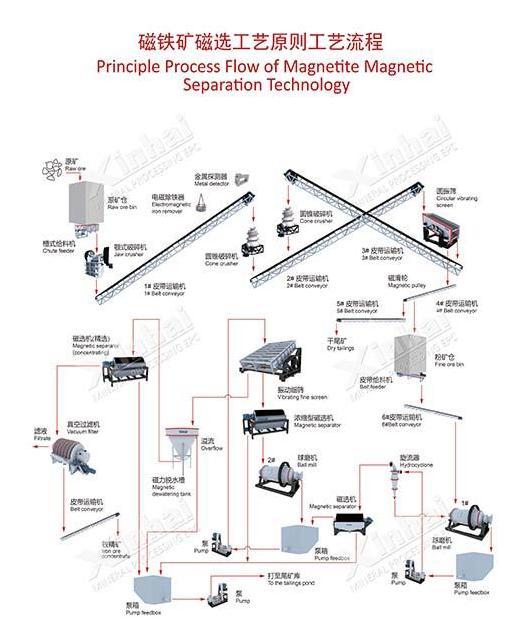
In order to improve the efficiency of crushing and screening, this operation is generally divided into two consecutive steps: one-stage open-circuit crushing and two-stage-one closed-circuit crushing. The detailed operations are as follows:
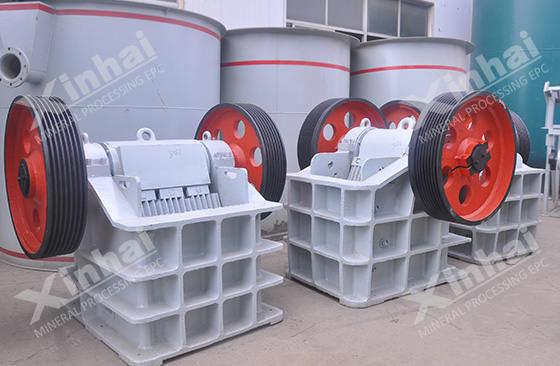
1. The first stage of open-circuit crushing
The raw magnetite ore enters the jaw crusher through the vibrating feeder for coarse crushing. After the primary crushing process, the magnetite ore is transported through the belt conveyor to the next two-stage closed-circuit crushing operation.
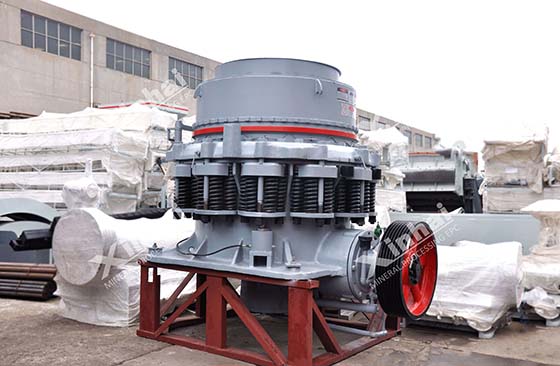
2. Two-stage one-closed-circuit crushing
After the primary crushing operation, the fine crushing of the magnetite ore is needed. In order to improve the utilization rate of ore, the ore dressing plant generally adopts the crushing mode of two sections and one closed circuit. The ore crushed by the jaw crushing machine will be sent to the cone crusher again to be crushed to 35mm. Some of the ore particles still do not meet the feeding standard of the mill. Therefore, you need to use a circular vibrating screen to screen out these ores and send them to the second cone crusher for re-crushing. Such a cycle is a two-stage and one-closed-circuit crushing operation.
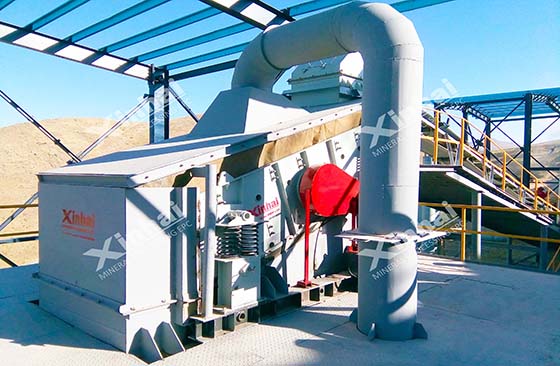
The magnetite after the two stages of crushing and screening will be stored in the fine ore bin. The above is the crushing and screening stage in preparation for magnetite grinding and classification. The above process flow is for reference only. The magnetite situation of each ore dressing plant is different, and the crushing and screening equipment used will be different. Customers can choose suitable equipment and design suitable crushing and screening processes according to the specific conditions of their magnetite beneficiation plant.
Staged grinding and classification can be divided into two stages. The first grinding and classification, and the regrinding after the second magnetic separation. The details are as follows:
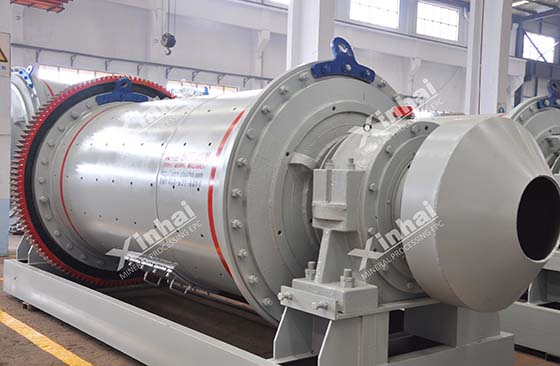
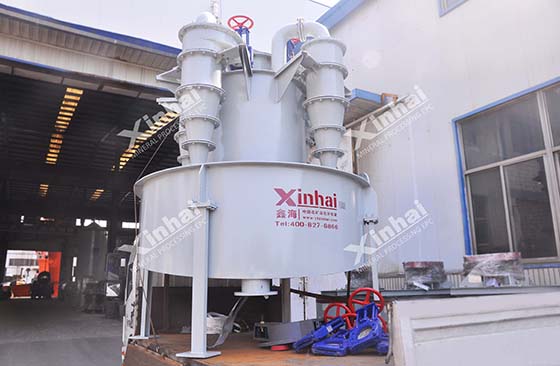
1. The first grinding and classification
The magnetite ore screened by the previous screening machine enters the first ball mill for wet grinding. After grinding to 15mm, the magnetite powder is sent to a hydrocyclone via a slurry pump for classification. After classification, the magnetite powder should enter the magnetic separator for primary classification. The remainder of the classification is sent back to the first ball mill for re-grinding. This completes the first stage of grinding and grading.
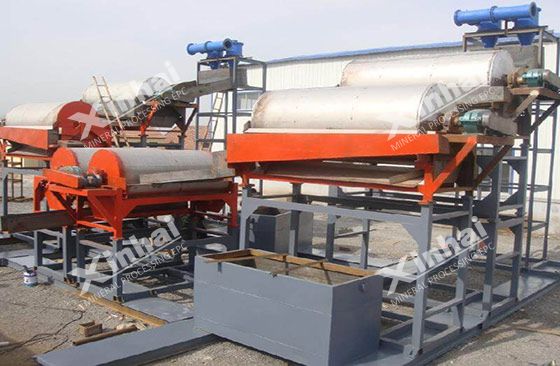
2. Regrinding after magnetic separation and screening
The magnetite powder after the first magnetic separation will be sent to a high-frequency vibration fine screen for screening. Qualified magnetite powder is sent to desliming hopper for processing. The remaining part of the sieving is sent to a concentrated magnetic separator for secondary classification. The magnetite of the secondary magnetic separation will enter the second wet ball mill for grinding. The purpose of this operation is to fully separate the magnetite powder in the pulp. The rest is sent to the tailings pond for processing.
The above is the stage grinding operation in the magnetite beneficiation process. The specific equipment configuration also needs to be selected according to the plant design and the budget of the concentrator. Xinhai has many years of experience in the design of ore dressing plant. When you need to design the grinding process, you are welcome to consult us.
In order to improve the grade of magnetite, you need to set up a three-stage magnetic separation process. Magnetite separation process design and equipment configuration are as follows:
The magnetite processed by the desliming hopper will enter the pump box for storage. The rest is sent to tailings ponds for disposal. Then the slurry pump will send the magnetite in the pump box to the triple magnetic separator for separation. Among them, the last magnetic separator of the triple magnetic separator should be a concentrated magnetic separator. The selected magnetite will be sent to the next step of dehydration and filtration process. The remaining part of the magnetic separation will enter the pipeline and flow into the tailings pond for tailings treatment.
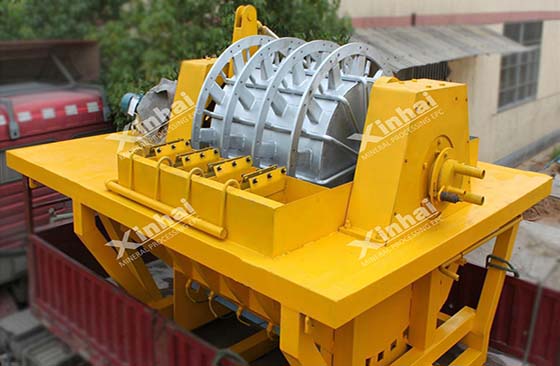
The magnetite concentrate pulp needs the next step of dehydration and filtration to become the finished product. You can deploy an disc vacuum filter. During the filtration process, magnetite remains on the filter cloth of the filter. After a period of filtration, a filter cake with a certain thickness will be formed on the filter cloth. After the filter cake is scraped off by the scraper, it will be sent to the concentrate warehouse for storage.
The above is a detailed description of the crushing and screening, grinding and classification, magnetic separation and filtering and screening in the magnetite beneficiation process. The above machine configuration is for reference only. Because the design, budget and output of each mineral processing plant are different, there will be certain differences in the specific mineral processing process design process.
Xinhai can provide customers with "EPC+M+O" one-stop mineral beneficiation service. When you are choosing the equipment and process of magnetite beneficiation, welcome to consult Xinhai. We have more than 20 years of experience in mineral processing plant design and beneficiation equipment production, and we are confident to provide you with high-quality magnetite beneficiation equipment and process design.
To find out more about our products and solutions, please fill out the form below and one of our experts will get back to you shortly.